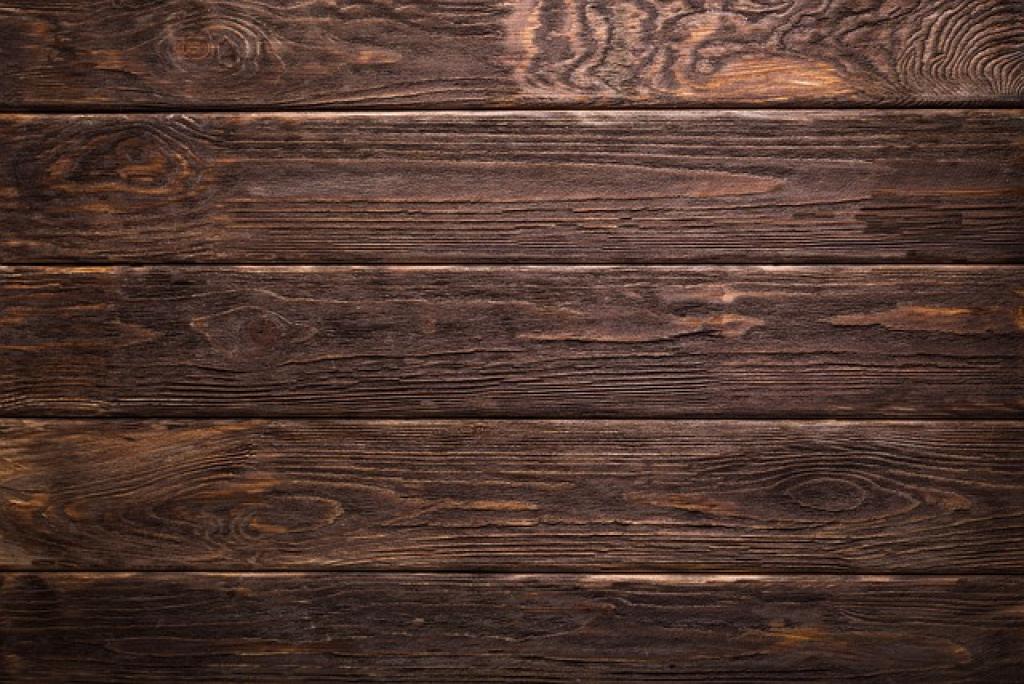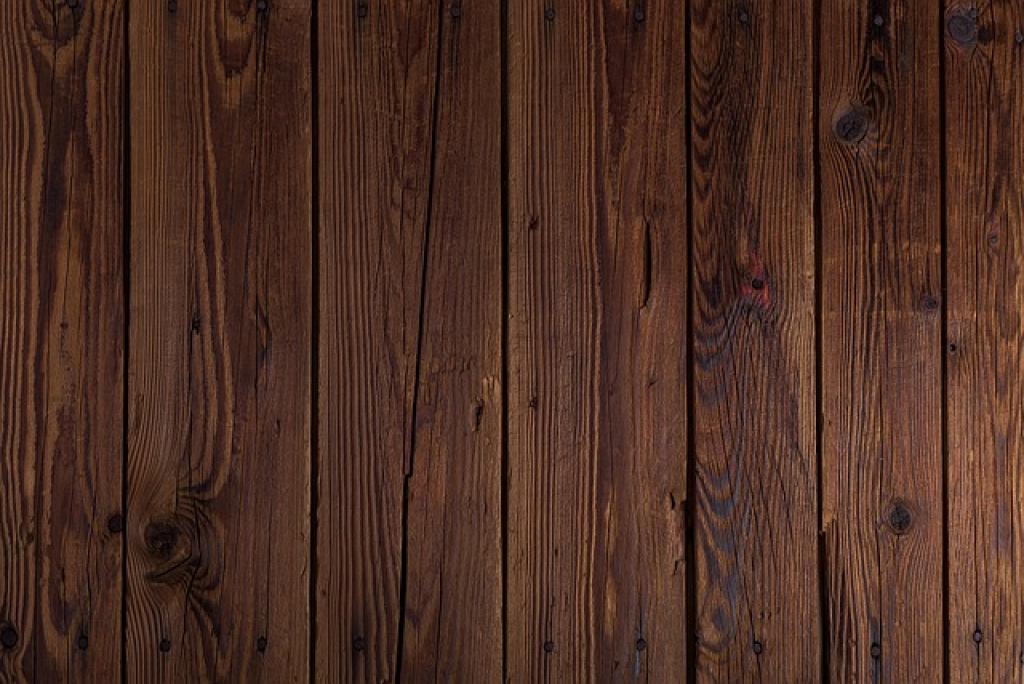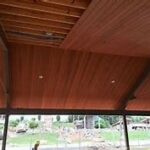Transforming a plain room into a warm and inviting space often comes down to the details, and installing a tongue and groove ceiling is one surefire way to elevate your home’s charm. This classic architectural feature adds texture, warmth, and character to any room. Yet, the magic truly begins with selecting the right wood.
But with so many options available, choosing the ideal wood can feel overwhelming. Should you go for a traditional pine, a rich cedar, or something exotic and dramatic? Each type of wood carries its unique beauty, strength, and personality that will ultimately define your space.
In this guide, we’ll break down the considerations, from aesthetics to performance, so that you can confidently choose the wood that aligns with your style and needs. Ready to pick the perfect wood for your tongue and groove masterpiece? Let’s get started!
Understanding the Characteristics of Different Wood Types
When selecting the wood for your tongue and groove ceiling, understanding the unique characteristics of each type is crucial. Let’s delve into a few popular choices.
Pine
Pine is a favorite for its classic appeal and affordability. Its light color and fine grain make it adaptable to both modern and traditional designs. Pine is also softwood, making it easy to work with, but be aware that it can dent or scratch more easily than harder woods.
Cedar
Cedar offers rich, reddish hues and a distinctive aroma that many find appealing. It’s naturally resistant to moisture and insects, making it a smart choice for humid environments. Cedar’s insulating properties can also help maintain a comfortable indoor temperature.
Oak
For those seeking durability and a timeless look, oak is a strong contender. Available in red and white variations, oak has a bold grain pattern that adds texture and depth. It is a hardwood, providing excellent resistance to wear and tear, though often at a higher price point.
Choose the wood that best fits both your aesthetic vision and functional needs. Whether prioritizing budget, durability, or style, understanding these characteristics will guide you to the perfect selection.

Factors to Consider When Choosing Wood for Tongue and Groove Ceilings
Choosing the right wood for your ceiling goes beyond aesthetics. Here are some key factors to help narrow your options.
First, consider the climate. If you live in a humid area, selecting a wood like cedar that resists moisture will be beneficial to prevent warping. For drier climates, more porous woods can work just fine.
Next, think about maintenance. Some woods, like oak, are lower maintenance and wear well over time, while others may require regular sealing or refinishing to maintain their appearance.
Budget is another significant consideration. Woods vary widely in price. While pine may appeal to those on a tighter budget, options like oak or exotic woods, while more expensive, offer longevity and potentially lower long-term costs.
Don’t forget to factor in the weight of the wood. Heavier woods might require additional support during installation, impacting overall costs and installation complexity.
Finally, match the wood’s natural aesthetic to the rest of your interior design. The wood’s color, grain, and texture should seamlessly integrate with your home’s style, creating a cohesive and inviting atmosphere. Balancing these factors will lead you to the perfect choice.
Popular Wood Choices for Tongue and Groove Ceilings
With myriad options available, it can be tough to choose the best wood for your ceiling. Here are some popular choices that homeowners often favor.
Cedar remains a top pick for its rustic charm and natural resilience. Its warm tones and rich texture bring a cozy feel to any room.
White Pine
White pine is celebrated for its subtle grain and light appearance. It’s versatile, taking stains beautifully if you wish to tailor it to your interior palette.
Oak has long been cherished for its durability and robust appearance. It offers a prominent grain that adds character and is ideal for high-traffic areas where longevity is key.
Poplar is another excellent choice if you’re looking for a more affordable hardwood option. It’s a smooth wood that can be painted easily, making it versatile for those who want to experiment with color.
Finally, consider Douglas fir for its stunning knotty appearance. This wood lends an elegant yet organic look, perfect for adding a touch of nature to modern spaces.
Each of these choices has its unique appeal, meeting different needs and preferences to enhance your ceiling with beauty and function.
Comparing the Cost and Durability of Different Wood Species
Balancing cost and durability is a crucial aspect of selecting the right wood for your tongue and groove ceiling. Let’s take a closer look at how some popular options stack up.
Budget-friendly and versatile, pine is a common choice for those looking to control costs. While it’s relatively inexpensive, pine is a softwood and may not withstand wear and tear as effectively as some harder woods.
At the opposite end of the spectrum, oak offers impressive durability. It’s a hardwood that’s built to last, capable of maintaining its beauty even in high-traffic areas. However, this robustness comes at a premium, making oak one of the pricier options.
Cedar provides a middle ground, with its natural resilience to moisture and insects adding to its longevity. Though upfront costs can be higher than pine, its durability often offsets the investment over time.
Poplar, known for its cost-effectiveness, offers a moderate lifespan when protected properly. It’s a great value for those who need a balance between cost and durability without compromising on appearance.
Ultimately, weighing the upfront cost against the expected lifespan of the wood will help you make a smart, informed decision for your ceiling project.
The Bottom Line: Making the Best Decision for Your Tongue and Groove Ceiling Project
Choosing the right wood for your tongue and groove ceiling is about more than just picking a material. It serves as the framework for your home’s atmosphere and can even reflect your unique style preferences. Each wood type offers different benefits, from the rustic warmth of cedar to the enduring elegance of oak.
To make the best decision, it’s vital to balance both aesthetics and functionality. Consider how each wood fits within your existing décor and lifestyle. Are you looking for something budget-friendly or a long-term investment? Pine can offer economic flexibility, while oak promises longevity and resilience.
Additionally, think about your environment. Humidity and temperature can play significant roles in how wood behaves over time. Cedar might be your ally in damp regions, while the adaptable poplar could be ideal for variable climates.
Don’t forget to weigh the practical aspects like maintenance and installation. Easier-to-maintain options might save you time and effort in the long run, and considering the weight and workability of each type will help with installation ease.
Ultimately, the key is to choose a wood that meets your needs and enhances your home both in looks and function. With thoughtful consideration of all these factors, you can confidently select the wood that turns your vision into reality. Enjoy the transformation as your ceiling becomes an integral part of your home’s personality, delivering warmth and beauty for years to come.



